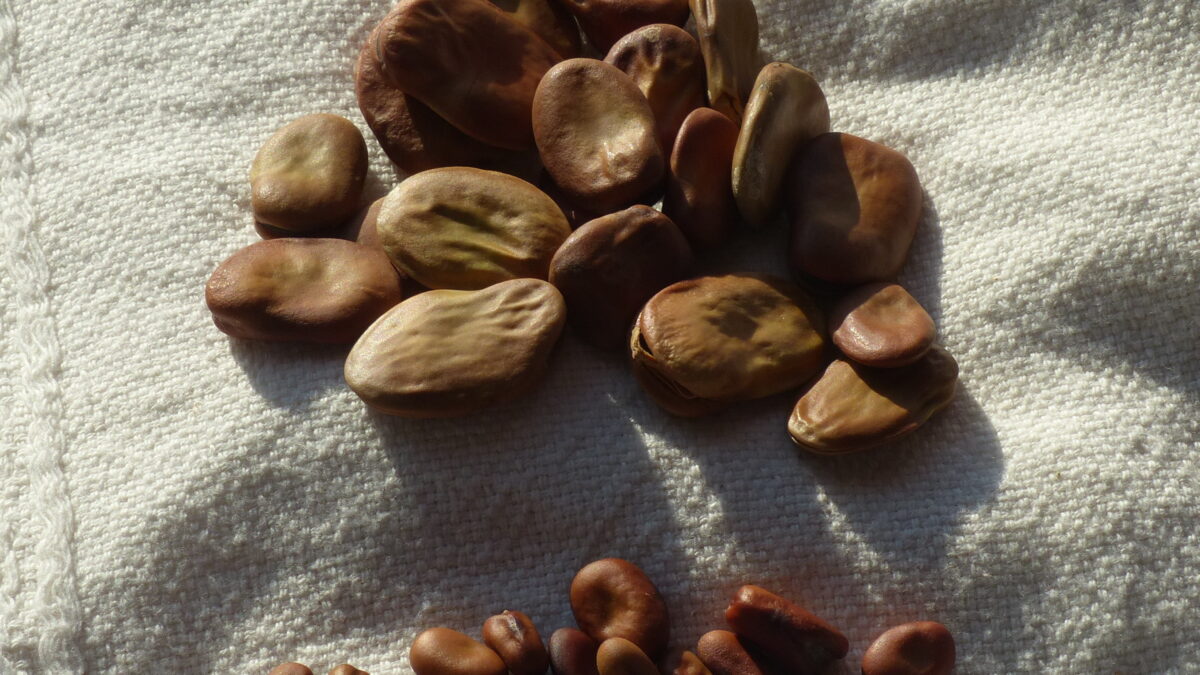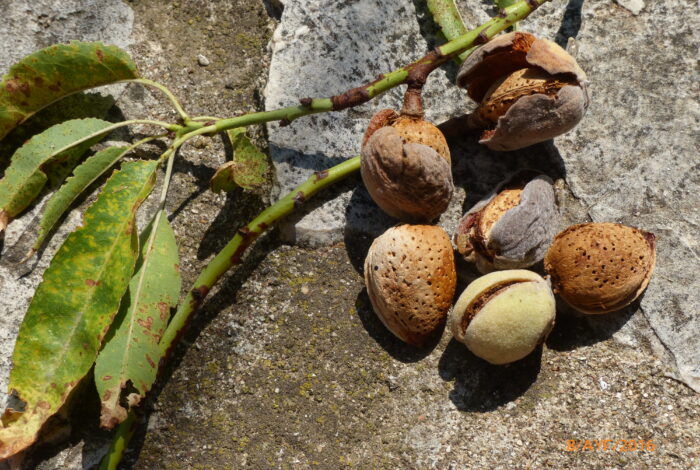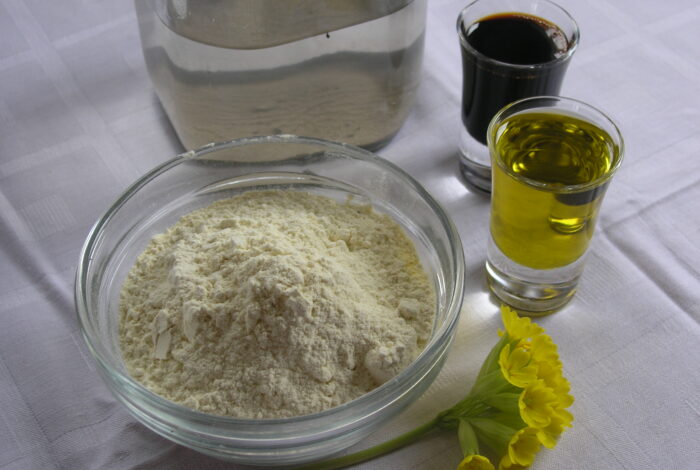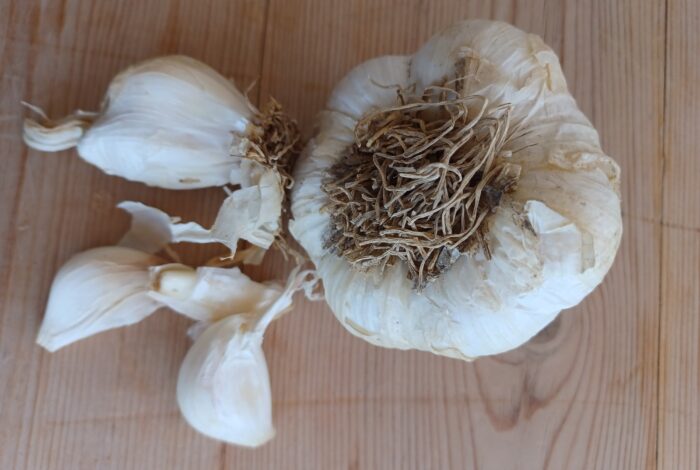Soultana-Maria Valamoti
Broad beans belong to the group of legumes first domesticated in the Near East, and their cultivation later spread westward across the rest of the Mediterranean and into Europe. However, it appears that from the 7th to the 4th millennium BC, broad beans were absent from the diets of the Neolithic inhabitants of Greece. They only appear in the archaeological record as charred remains from settlements during the Bronze Age, indicating their cultivation and consumption. This delayed adoption should not surprise us, as eating broad beans can, in some cases, be fatal for individuals lacking a specific enzyme in their blood. The broad beans found charred in settlements such as Skala Sotiros on Thasos (late 3rd millennium BC) or much later at the Necromanteion of Acheron during the Hellenistic period belong to a small-seeded variety still cultivated in parts of Greece today – for example, on Corfu.
Known in antiquity as kyamos, the broad bean was mentioned by Homer (8th century BC), who compares the movement of winnowed beans in the wind to the flight of an arrow in battle. This and other ancient references describe the beans as black, possibly referring to the dark colour typical of the small-seeded variety still known today. Various later ancient texts refer to both black and white beans, and they were not only eaten, but also used in voting procedures and in weighing medicinal substances. As food, broad beans are frequently mentioned in sources such as Plato’s Republic (5th–4th century BC) and Aristophanes’ Knights (5th–4th century BC). However, ancient physicians in the Hippocratic texts (5th–4th century BC) warned of the gas they cause, while Dioscorides (1st century AD) noted the nightmares and indigestion associated with consuming Greek broad beans – especially when eaten unripe and raw. Archestratus (4th century BC) informs us that broad beans were food for the poor. Some ancient authors also mention local varieties of broad beans – for example, Aristophanes praises the tender and tasty beans of Limnos, while Theophrastus (4th–3rd century BC) describes the beans of Apollonia on the Ionian coast as never being infested by worms.
Image 1: Broad beans from Skala Sotiros, Thasos, late 3rd millennium BC. (Photo by S.M. Valamoti from Food Crops in Ancient Greek Cuisine: an archaeobotanical and textual study, Valamoti, Fyntikoglou, Symponis 2022, University Studio Press)
Image 2: Modern broad beans; the bottom row shows seeds from the small-seeded variety. (Photo by S.M. Valamoti from Food Crops in Ancient Greek Cuisine: an archaeobotanical and textual study, Valamoti, Fyntikoglou, Symponis 2022, University Studio Press)










